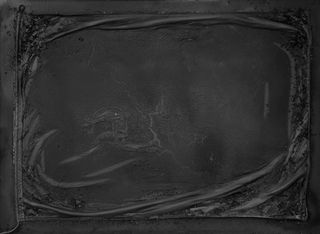In a historical period marked by strong social tensions and debates on the subject of colonialism, the artist Santiago Sierra presents this relational project that questions the concepts of identity, homeland and nation.
Sierra's new work, entitled "National Flag of Spain", was presented on 12 October at the "Fundación de Estudios Libertarios Anselmo Lorenzo" in Madrid (FAL) in a single day of exhibition.
The work on display to the public shows the result of submerging the national flag in as many units of blood as territories have been colonized by the Spanish Empire since it was adopted as the national flag (except during the years of the Republic).
For its realization, multiple blood donations were collected through several blood collection sessions in which more than 40 donors representing native people from the various countries and regions included in the project agreed to participate on a voluntary basis. Subsequently, the collected blood was mixed in a rectangular tray with adapted measurements in which the flag was immersed and completely dried. The work presented on a single day of exhibition on 12 October includes a video documenting the process of making it.
The concept of colonialism is implicit in the work, emphasizing all the destruction and extractivism it has caused throughout its history, generating the devastation of native cultures and entire civilizations as a result of conquest and plunder. The project also includes the participation of a representative from each autonomous community of Spain, reaffirming that the first victims of imperialism are usually the populations of origin. In the last century, Spain has suffered a long history of conflicts that have unleashed a bloody civil war, resulting in a series of massacres perpetrated by the bearers of this symbol in all these regions.
The project "National Flag of Spain" invites us to reflect beyond the stereotype and, starting from its own title, to reconsider the historical facts implicit in a symbol adopted by contemporary society by analyzing its historical implication and current representation.
The flag was made of nautical fabric of 115 grams submerged in blood, donated by volunteers from:
Andalusia, Aragon, Asturias, Balearic Islands, Canary Islands, Cantabria, Castilla-La Mancha, Castilla and Leon, Catalonia, Extremadura, Galicia, Madrid, Melilla, Murcia, Navarra, Basque Country, La Rioja, Valencia, Argentina, Bolivia, Chile, Colombia, Costa Rica, Cuba, Ecuador, United States of America, Philippines, Guatemala, Honduras, Italy, Morocco, Mexico, Nicaragua, Panama, Paraguay, Peru, Puerto Rico, Dominican Republic, Sahara, El Salvador, Uruguay, Venezuela.

